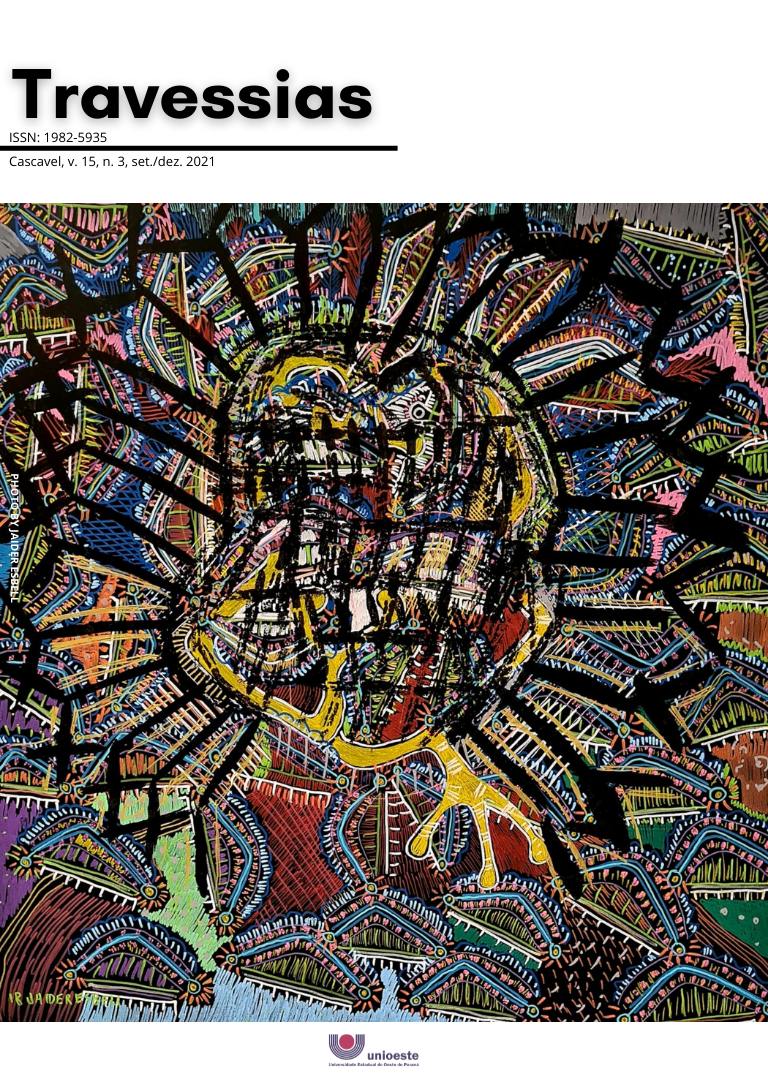Cochlear implant:
concept, history and discursive deployments.
DOI:
https://doi.org/10.48075/rt.v15i3.27830Keywords:
Cochlear Implant, deafness, technology, discourse analysisAbstract
The cochlear implant is an electronic device used as part of therapeutic processes for people with innate or acquired deafness, of the profound sensorineural type, which aims to provide them with access to sound. For some, this device is seen as a technological resource capable of 'healing' or, at least, enabling deaf people a real integration into the mostly hearing society, improving their quality of life; for others, this tool is an instrument of control and regulation, a harmful resource to the deaf community, an attempt to eradicate the deaf, their culture and their language, sign language. In this article we do not intend to defend or criticize the use of this equipment, but to show how it came about, how it works and to investigate the effects of meaning produced on it from these different places. Therefore, in this work, we use the theoretical-methodological contribution of the materialist discourse analysis proposed by Michel Pêcheux, in France, and by Eni Orlandi, here in Brazil. From this analytical investment, we perceive the discourse on the cochlear implant as an instrument of political practice in which there is a confrontation of meanings and an attempt to produce a consensus about the deaf and deaf.
Downloads
References
ALBERNAZ, Pedro Luiz Mangabeira. Quem ouve bem vive melhor: um livro para pessoas com problemas de audição e seus familiares. São Paulo: MG, 2008.
BLUME, Stuart. The artificial ear: cochlear implants and the culture of deadness. United States of America: Rutgerspress, 2010.
IARTES. Instituto de Artes do Brasil. Em alto e bom som. São Paulo: Laços, 2015.
KOZLOWSKI, Lorena. Implantes cocleares. Carapicuiba: Pró-Fono, 1997.
LOBATO, Lakshmi Eliane Austregesilo. Desculpe, não ouvi. São Paulo: Atitude Terra, 2014.
MUDRY, Albert; MILLS Mara. The early history of the cochlear implant: a retrospective. Jama Otolaryngology Head Neck Surg, v. 139, n. 5, may. 2013.
ORLANDI, Eni Puccinelli (org.). Discurso e políticas públicas urbanas: a fabricação do consenso. Campinas: RG, 2010.
ORLANDI, Eni. P. Análise de discurso: princípios e procedimentos. 12. ed. Campinas: Pontes, 2015.
PFEIFER, Paula. Novas crônicas da surdez: epifanias do implante coclear. São Paulo: Plexus, 2015.
REZENDE, Patrícia Luiza Ferreira. Implante coclear: normalização e resistência surda. 1. ed. Curitiba, PR: CRV, 2012.
YAMADA, Midori Otake; VALLE, Elizabeth Ranier Martind do. Vivência de mães na trajetória de seus filhos com implante coclear: fatores afetivos e emocionais. 1. ed. Ribeirão Preto: Book Toy, 2014.
Downloads
Published
How to Cite
Issue
Section
License
Copyright (c) 2021 - Authors keep the copyright and grant the journal the right of first publication, with the work simultaneously licensed under the Creative Commons Attribution License (CC-BY-NC-SA 4.0), which allows sharing the trial with acknowledgment of authorship and initial publication in this journal.

This work is licensed under a Creative Commons Attribution-NonCommercial-ShareAlike 4.0 International License.
Creative Copyright Notice
Policy for Free Access Journals
Authors who publish in this journal agree to the following terms:
1. Authors keep the copyright and grant the journal the right of first publication, with the work simultaneously licensed under the Creative Commons Attribution License, which allows sharing the trial with acknowledgment of authorship and initial publication in this journal.
2. Authors are authorized to take additional contracts separately, for non-exclusive distribution of the work version, published in this journal (eg publish in institutional repository or as a book chapter), with acknowledgment of authorship and initial publication in this journal.
3. Authors are allowed and encouraged to publish and distribute their work online (eg in institutional repositories or on their personal page) at any point before or during the editorial process, as this can generate productive changes, as well as increase both impact and citation of the published trial (See The Effect of Free Access).
Creative Commons License
This work is licensed under a Creative Commons Attribution–NonCommercial-shareaswell 4.0 International License, which allows you to share, copy, distribute, display, reproduce, completely or part of the work, since there is no commercial purpose, and authors and source are cited.



